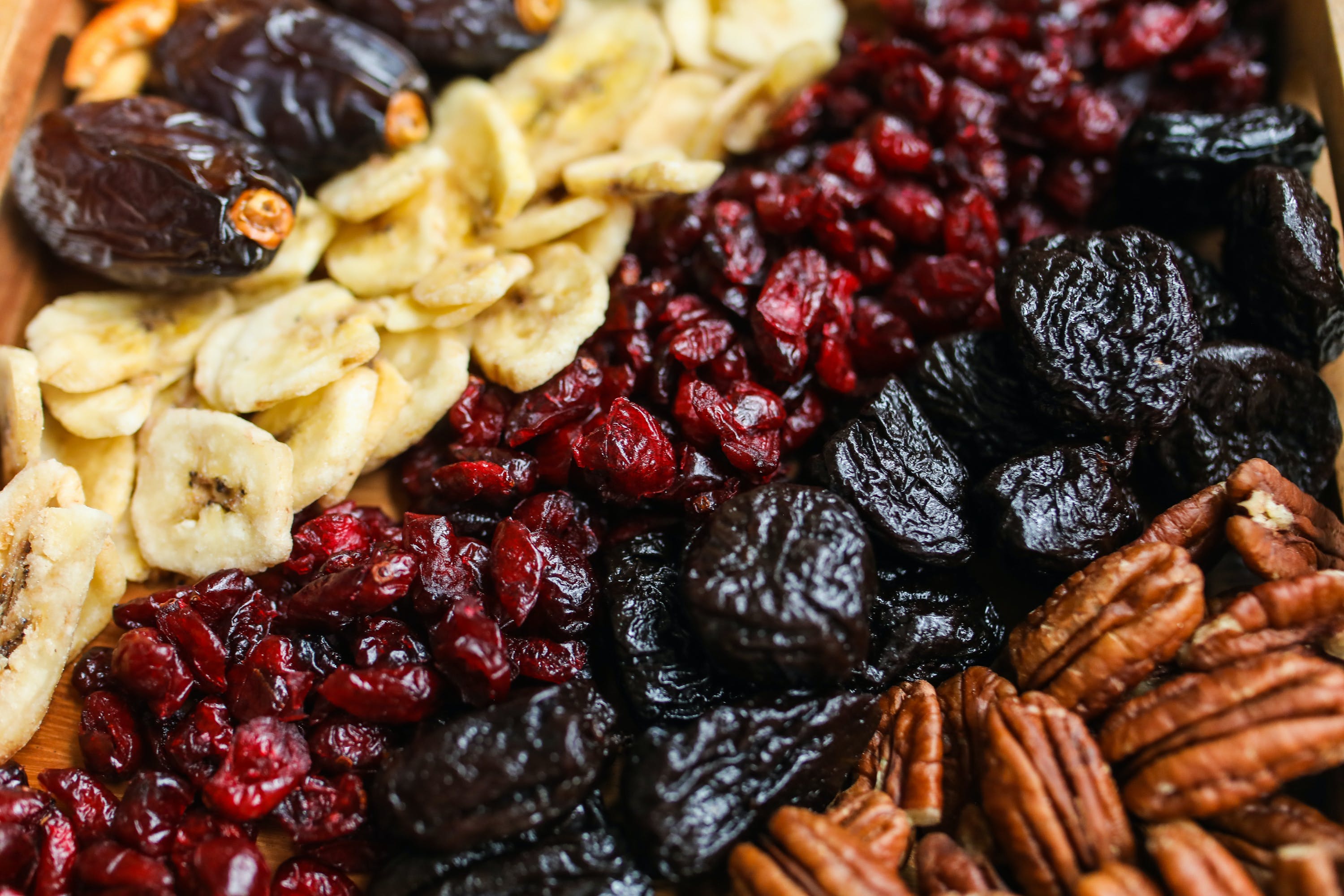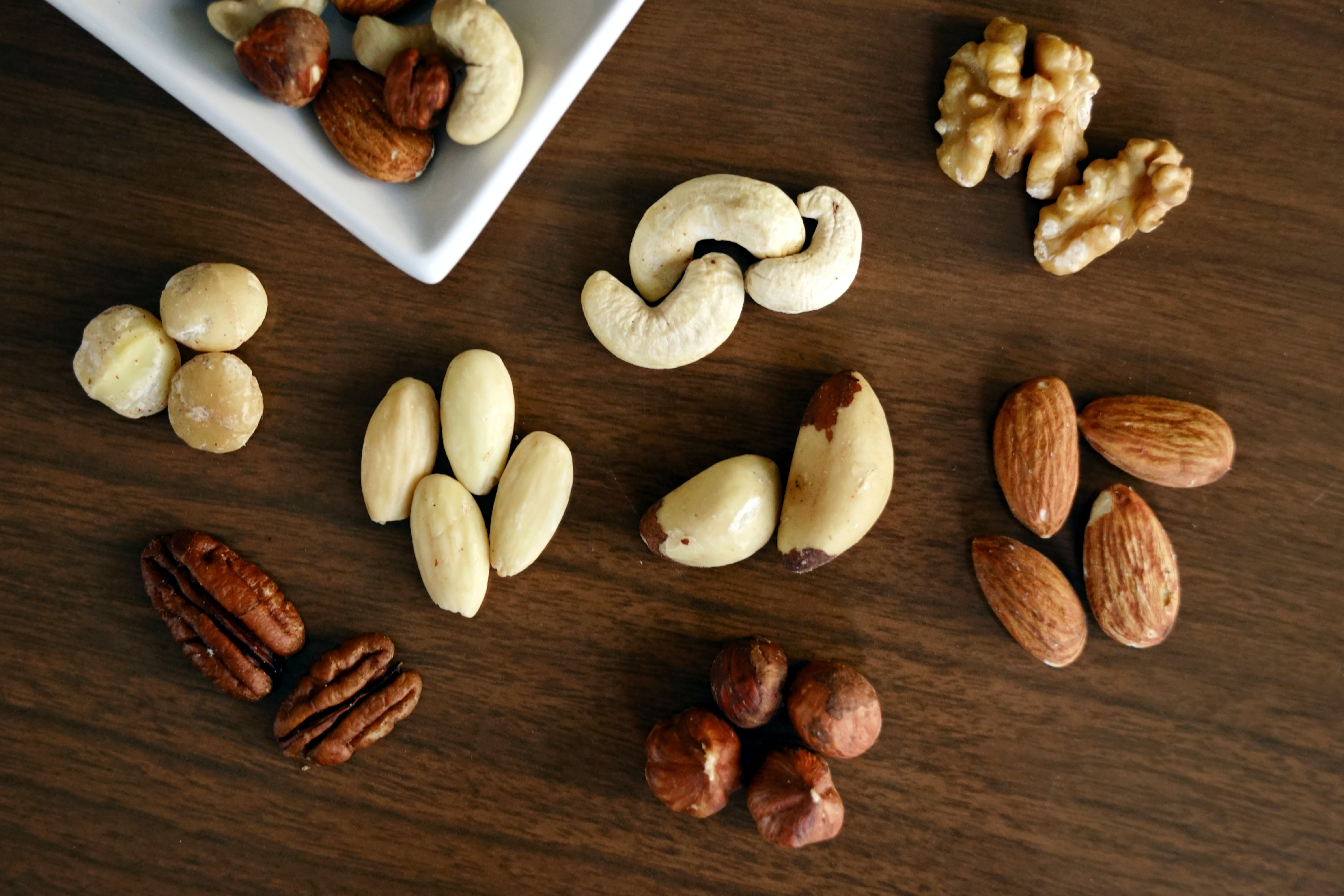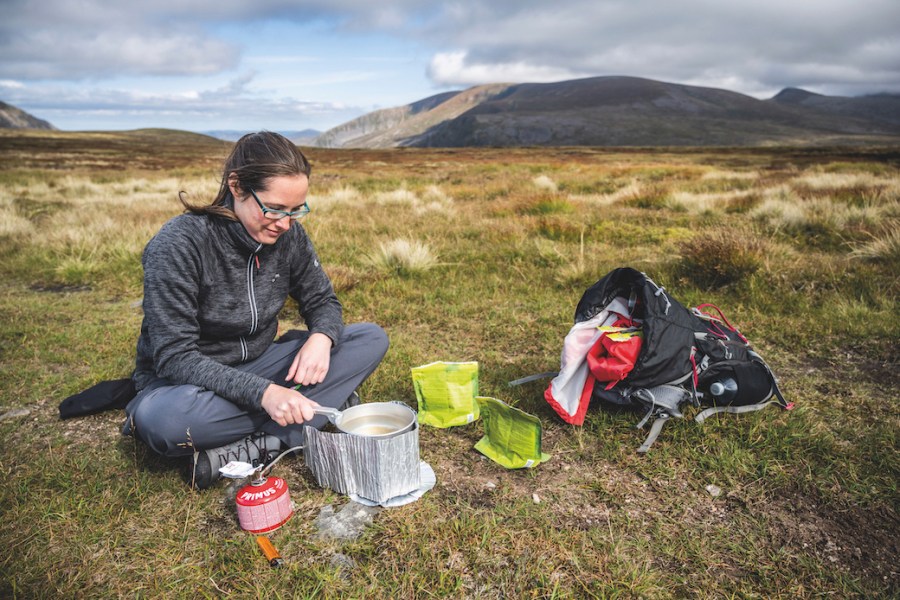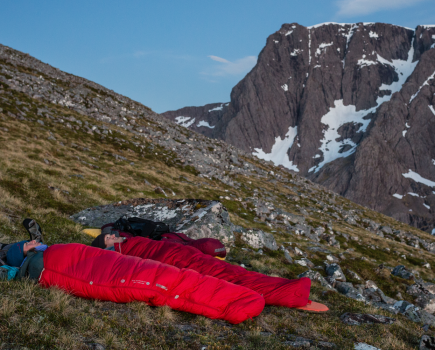Preparing for a multi-day backpacking trip can be exciting, but it can also be a tedious task. Among the top priorities, meal planning and weight management are essential elements that should not be taken for granted, especially when you’re a weight-conscious backpacker. It’s important to have the right kind of food that will provide you with enough energy throughout your entire adventure. In this article, we’re going to help you discover a variety of lightweight and nutritious meal options for your next outdoor adventure.
Main Image credit: James Roddie
Breakfast
The most important meal of the day! Breakfast sets the tone for your energy levels and mood, so it’s crucial to make wise choices. Here are some classic and convenient options for multi-day trips:
Oatmeal, cereal with powdered milk, or instant porridge: These are classic lightweight backpacking meals for breakfast due to their lightweight nature and ease of preparation. They are rich in carbohydrates which provide a sustained release of energy, and dietary fibre which aids digestion. You can enhance the nutritional value by adding some dried fruits, nuts, or seeds.
- Instant breakfast smoothie powders: If you’re on the move early, instant smoothie powders are a great pick. They are usually fortified with essential vitamins and minerals, providing a balanced nutritional start to your day. Just mix them with water, and you’re good to go!
- Bread and peanut butter: Bread, especially whole grain or multigrain, paired with peanut butter, offers a blend of carbohydrates, healthy fats, and protein. This combo will give you a substantial energy boost to kickstart your day.
- Fresh or dried fruit: Including a piece of fruit like an apple, banana, or some dried fruit will provide essential vitamins, minerals, and a natural sugar boost for quick energy. They are also light and easy to pack.

Photo by Polina Tankilevitch
Lunch
Lunch is the refuelling station in the middle of your day. Here are some lightweight backpacking meal ideas to keep you going without bogging you down:
- Pre-packaged sandwiches or ready-to-eat meals: Opting for pre-packaged or sealed sandwiches helps maintain freshness. Ready-to-eat meals like soups or stews that only require hot water are practical choices. Look for vacuum-sealed options to retain freshness and extend shelf life.
- Tuna, chicken salad, quinoa, couscous, or noodles with added protein: These are excellent options for a nutritious lunch. Lightweight and easy to pack, consider packing the wet ingredients (like dressings or sauces) separately in leak-proof containers to maintain freshness.
- Cured meats, cheese, or nuts: These added proteins are not only filling but also help repair muscles and replenish energy stores. Wrap them in beeswax wraps or airtight containers to keep them fresh.
- DIY Trail Mix: Making your own trail mix with a mix of nuts, seeds, and dried fruit is a fun and nutritious option. Store in reusable silicone bags or airtight containers to maintain freshness and prevent spoilage.
- Freshness and Storage Tips: Consider packing perishable items like salads in a cooler bag with a small ice pack to keep them fresh until lunchtime. For longer trips, invest in high-quality, reusable packaging that can keep your food fresh and protected.

Photo by Marta Branco
Dinner
After a long day on the trail, a satisfying dinner is something to look forward to. Here are some lightweight backpacking meal ideas and tips for a nutritious yet lightweight dinner:
- Freeze-dried or dehydrated meals: These are a lifesaver for weight-conscious backpackers. A variety of options like pasta, chillis, and curries are available in outdoor shops. They’re easy to prepare with just boiling water and can provide a balanced meal with adequate nutrients to refuel your body. Check out our guide to Best backpacking meals
- DIY Dehydrated Meals: Preparing and dehydrating your own meals allows for a more personalised touch. You can dehydrate vegetables, meats, and grains at home before your trip. This way, you have control over the ingredients and can cater to your own dietary preferences. There are many online resources and guides on how to dehydrate your own meals.
- Packing Tips: Consider portioning your meals and using vacuum-sealed bags to maintain freshness and ease of preparation. Labelling each meal with its contents and preparation instructions can also be helpful.
- Nutrition Balance: Aim for a balance of carbohydrates, protein, and fats to aid in muscle recovery and replenish energy stores. Incorporating a variety of food groups can also ensure you’re receiving a broad spectrum of essential nutrients.
- Spices and Seasonings: Carry small packets of spices or seasonings to add flavour to your meals. This small addition can greatly enhance the taste of your dinner without adding much weight to your pack.
Looking for some vegan or vegetarian options then check out Best vegan and vegetarian backpacking meals
Snacks
Packing snacks for your trip can be a treat for you and your taste buds. Energy gels or chews, granola bars, jerky, and chocolate bars are just a few of the many lightweight options available. These snacks are important because they help add extra calories that may be missed in regular meals. You can also try packing some fresh foods like carrots, cucumbers, or apples.
Packaging and Meal Planning Tips
It’s important to consider calorie density and nutritional values when planning your lightweight backpacking meals. Opt for high-calorie food items that pack a punch in a small portion size like nuts, seeds, and dried fruits. Portion control is key to reducing weight and meal preparation time. To save space, you can use reusable silicone bags for snacks and meals, and pack smaller ingredient packets for cooking, like spices or sauces. This will also help you with your post-trip cleanup.
Calorie Consumption: Fuel for the Trail
Setting out on a multi-day hiking adventure requires a meticulous focus on calorie consumption to ensure you have ample energy to navigate through varying terrains. Your body is your primary vehicle on the trail, and fuelling it correctly is vital. Here’s how calorie consumption plays a vital role in your multi-day hiking preparation and execution:
Understanding Your Calorific Needs
Daily Energy Expenditure
Your daily energy expenditure increases significantly while hiking, especially in challenging or elevated terrains. It’s essential to understand your calorific needs based on the trail’s difficulty, your weight, and your fitness level. A rough estimate is that hikers burn about 300 to 600 calories per hour, although this can vary widely.
Individual Metabolism
Everyone’s metabolic rate is different. Some may require more calories to maintain energy levels, while others might need less. Knowing your body and how it responds to physical exertion will help tailor your meal plan effectively.
Adjusting to Weather Conditions
Cold and wet conditions require your body to burn more calories to maintain body temperature. Account for weather forecasts in your meal planning to ensure you have enough fuel to keep warm and energised.
Planning Calorific Intake
Carbs
Being a quick energy source, carbohydrates should constitute a significant portion of your meals. Foods like oatmeal, bread, pasta, and rice are excellent sources of carbohydrates.
Protein
Proteins are essential for muscle repair and recovery. Incorporate a variety of protein sources like nuts, seeds, dairy products, and lean meats in your meals.
Fats
High in calories, fats are a vital energy source for long-lasting energy. Incorporate healthy fats like avocados, nuts, and seeds, as well as oils in your cooking.
Hydration
While not a calorie source, staying hydrated is crucial for maintaining your energy levels and overall health on your walk. Carry enough water and have a means to purify more if necessary.
Calorie-Dense Foods
Opting for calorie-dense foods ensures you get more energy per gram of food, which is beneficial when you have to carry all your food on your back. Nuts, seeds, dried fruits, chocolate, and energy bars are some options that provide a high calorie-to-weight ratio.
Monitoring and Adjusting
Keep a food diary to monitor your energy levels in correlation to your calorie intake. This will help you adjust your meal plans for future hikes better. It’s always a good idea to pack some extra food in case the hike takes longer than anticipated or you find yourself hungrier than expected.
Incorporating a well-rounded, calorie-focused approach to your lightweight backpacking meal plan will make a big difference enjoyment of your multi-day backpacking adventures. By understanding your calorific needs and planning accordingly, you can ensure a steady supply of energy to power through the trails, while still keeping your backpack light and manageable.
Meal planning for backpacking can be a challenging task, but with the right tips and tricks, it can be a fun and exciting part of your outdoor adventure and you can have a great backpacking experience without compromising your appetite or carrying too much weight.
You can learn more about calories within backpacking meals in our guide: How many calories do I need in backpacking meals?

Written by Rob Haggan
Rob is the face behind Weekend Adventurers. He’s been an outdoor enthusiast since childhood, and his passion has only grown stronger over the years. His work has been recognised by Ordnance Survey, naming him as a Get Outside Champion for four consecutive years.







